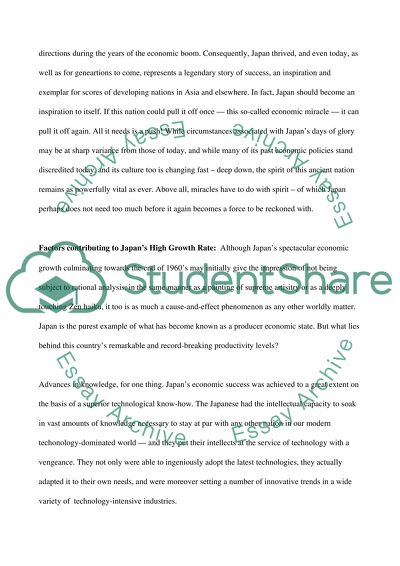Cite this document
(“Economic Miracle in Japan Essay Example | Topics and Well Written Essays - 2250 words”, n.d.)
Retrieved from https://studentshare.org/politics/1515650-economic-miracle-in-japan
Retrieved from https://studentshare.org/politics/1515650-economic-miracle-in-japan
(Economic Miracle in Japan Essay Example | Topics and Well Written Essays - 2250 Words)
https://studentshare.org/politics/1515650-economic-miracle-in-japan.
https://studentshare.org/politics/1515650-economic-miracle-in-japan.
“Economic Miracle in Japan Essay Example | Topics and Well Written Essays - 2250 Words”, n.d. https://studentshare.org/politics/1515650-economic-miracle-in-japan.


